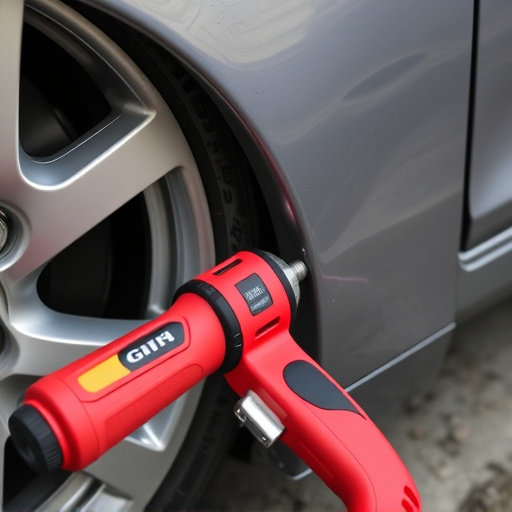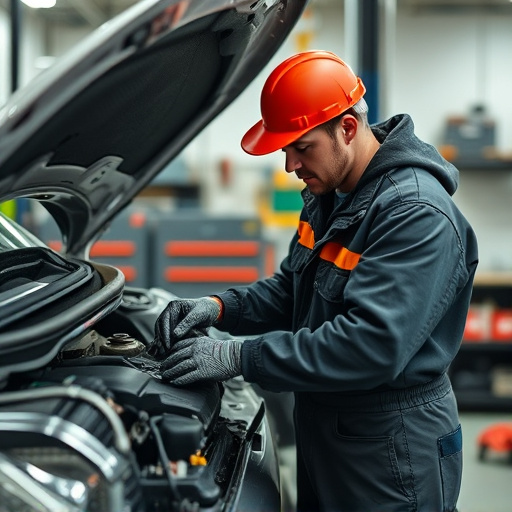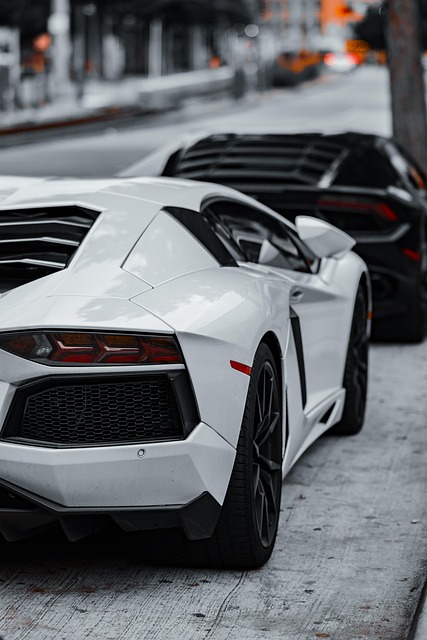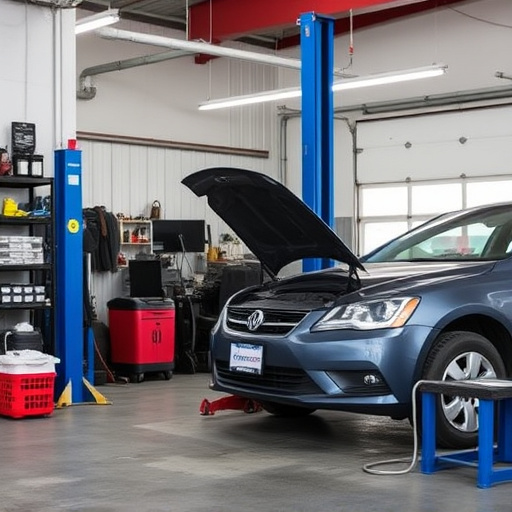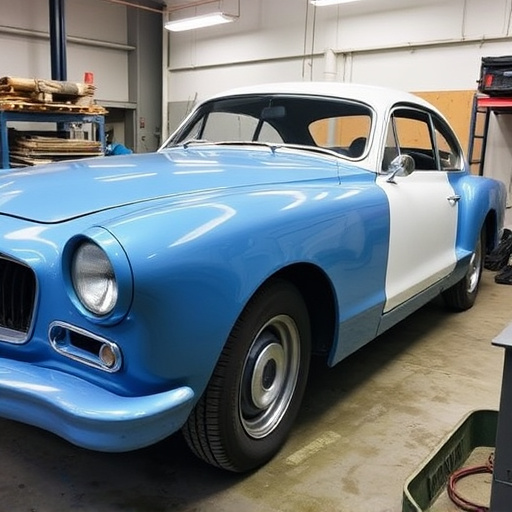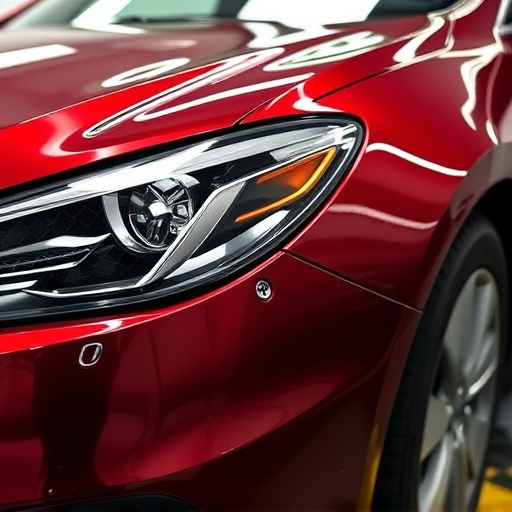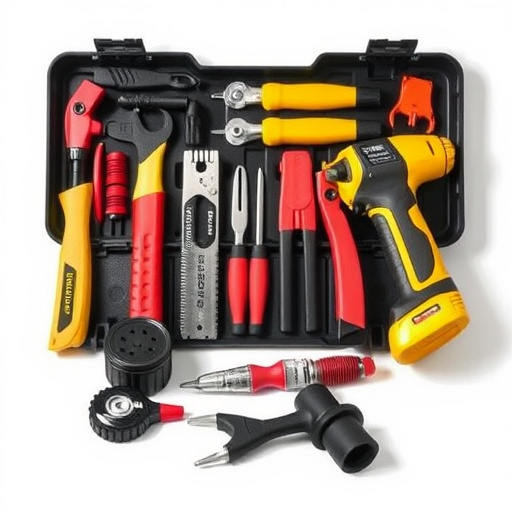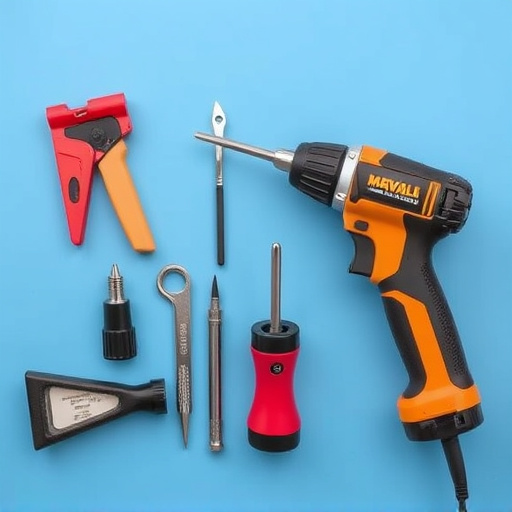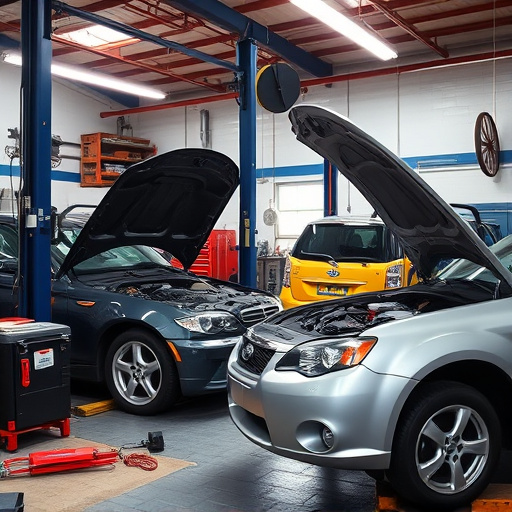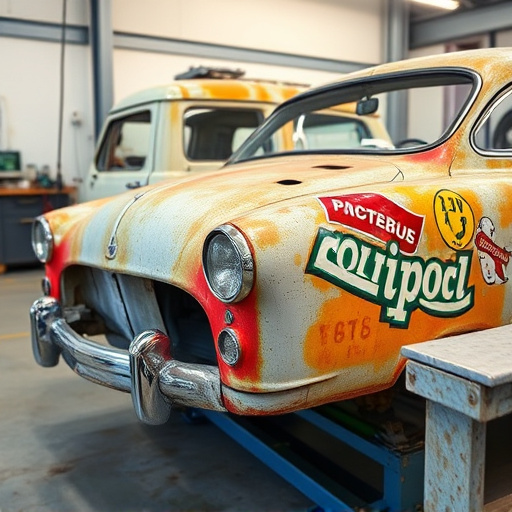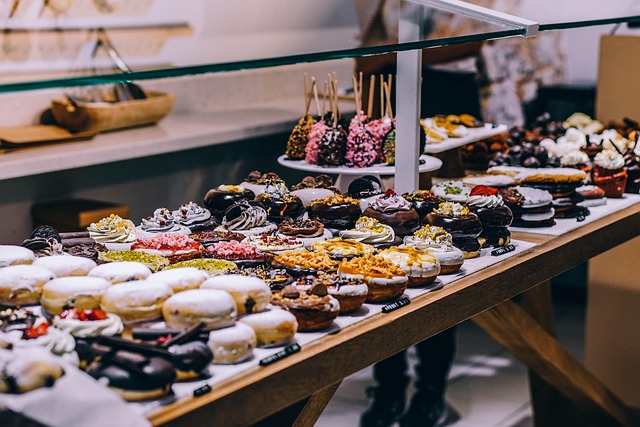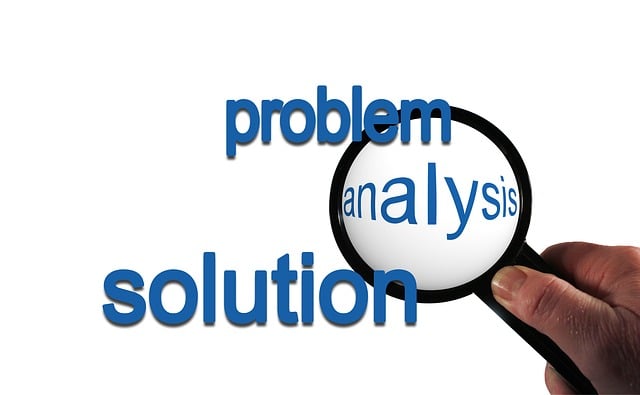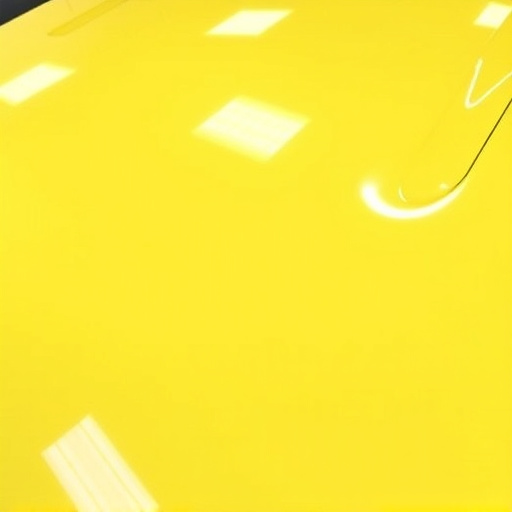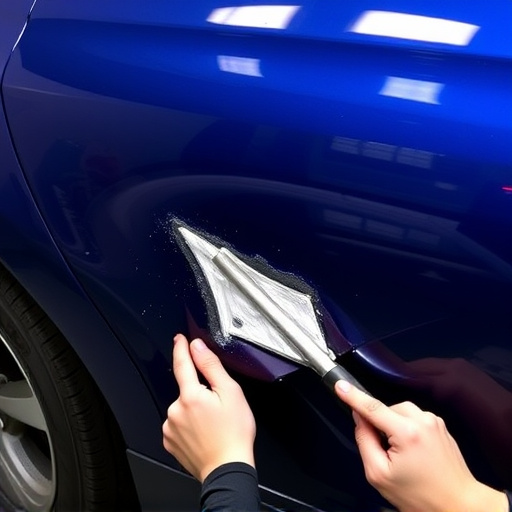Auto bumper repair involves visual inspection for damage, using suitable materials like impact-resistant polyethylene or aluminum. For minor imperfections, simple techniques suffice; for severe cases, professional services restore structural integrity and paint for aesthetic appeal, ensuring future safety in diverse climates and road conditions. DIY repairs require assessment, dent removal, cleaning, adhesive, painting, and hardware reattachment, while professional methods employ advanced techniques to maintain bumper functionality and vehicle value.
Auto bumper repair is a crucial skill that every car owner should know. Whether it’s a plastic or metal bumper, minor damages can often be fixed without taking your vehicle to a dealership. This comprehensive guide delves into understanding common bumper issues, selecting the right repair materials for both plastic and metal surfaces, and provides a step-by-step process for effective restoration. By following these expert tips, you’ll learn how to restore your car’s front guard, saving time and money.
- Understanding Auto Bumper Damage and Repair Methods
- Choosing the Right Materials for Plastic and Metal Bumpers
- Step-by-Step Guide to Effective Bumper Restoration
Understanding Auto Bumper Damage and Repair Methods
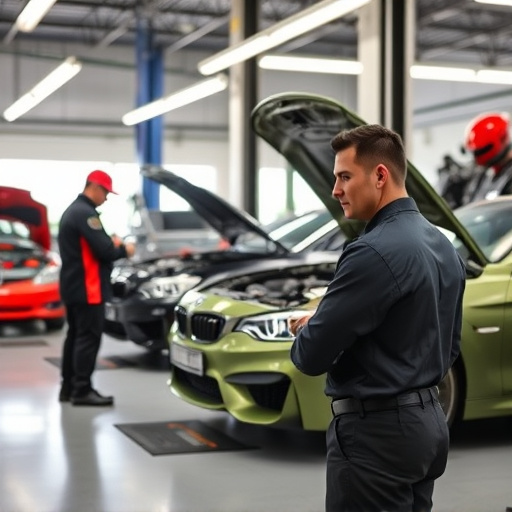
Auto bumper damage can occur due to various reasons, from minor scratches and dents to severe impacts during automotive collisions. Understanding the extent of the damage is crucial before attempting any repair work. Visual inspection should be the first step, checking for cracks, breaks, or deformations in both plastic and metal bumpers. In many cases, small imperfections can be addressed with simple techniques like polishing or using specialized auto bumper repair kits.
For more significant damages, especially after a collision, professional automotive collision repair services are recommended. Skilled technicians employ advanced methods such as heating, shaping, and bonding to restore the bumper’s original shape and structural integrity. They also ensure that all components, including hinges and supports, function correctly. Auto maintenance at its best involves not just fixing visible damage but also addressing underlying issues for a safe and reliable vehicle. Car paint services might be required if the impact has led to peeling or chipping of the bumper’s finish, ensuring the vehicle regains its aesthetic appeal.
Choosing the Right Materials for Plastic and Metal Bumpers
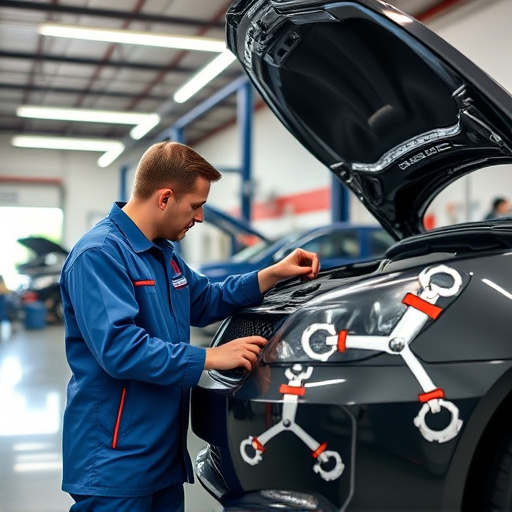
When it comes to auto bumper repair, selecting the appropriate materials for plastic and metal bumpers is paramount. For plastic bumpers, opting for high-quality, impact-resistant polyethylene or polypropylene resins ensures durability and longevity after the repair process. These materials can be easily molded and colored to match the vehicle’s original finish, offering a seamless restoration. In contrast, metal bumpers often require aluminum or steel sheets that align with the car’s structural integrity.
Choosing the right materials for auto body shops involves considering factors like climate and road conditions, as well as the severity of the damage. For instance, colder climates might necessitate heat-resistant plastics, while areas with frequent fender benders may demand more robust metal repairs. The goal is to match the original specifications to ensure the bumper not only looks like new but also performs its safety function effectively during future collisions.
Step-by-Step Guide to Effective Bumper Restoration
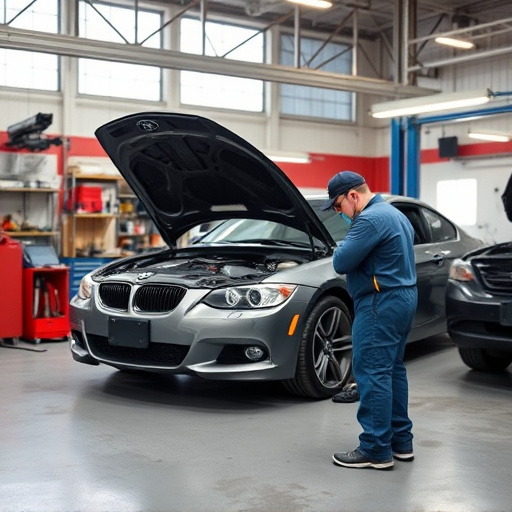
Repairing a damaged bumper is a feasible task for those with some basic automotive skills. Here’s a step-by-step guide to restoring your auto bumper, suitable for both plastic and metal surfaces. Begin by assessing the extent of the damage. If there are deep dents or cracks, consider using a dent removal tool to reshape the bumper back to its original form. This process involves carefully applying suction and air pressure to push out the dented area.
Once the surface is smooth, it’s time for auto bumper repair specific to plastic bumpers. Clean the area thoroughly with mild detergent and water to remove any dirt or debris. Next, use a suitable adhesive designed for plastic to bond any separated parts. For metal bumpers, prepare the surface by sanding and applying rust inhibitor before painting. After letting the primer dry, paint over it with your desired color using a fine-tipped brush or spray can. Ensure even coverage and allow adequate drying time between layers. Finally, reattach any hardware, such as reflectors or trim pieces, to complete the auto glass replacement process effectively, ensuring your bumper looks as good as new.
Auto bumper repair is a feasible solution for both plastic and metal surfaces, offering cost-effective restoration without requiring a trip to the dealer. By understanding common damage types and selecting the appropriate materials, you can effectively restore your vehicle’s appearance. Following a step-by-step guide ensures precise results, enhancing the overall look of your car. Incorporating these strategies into your auto bumper repair regimen allows for a smooth, successful restoration process.
